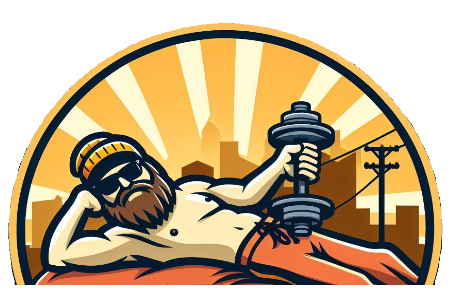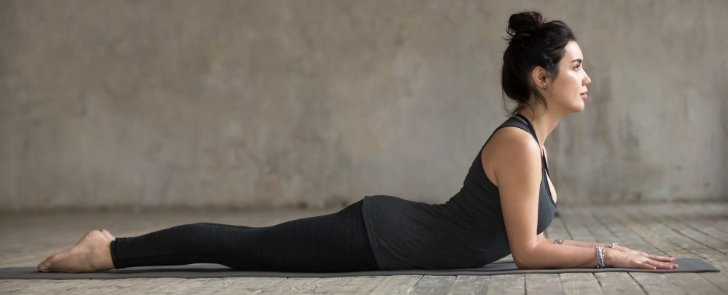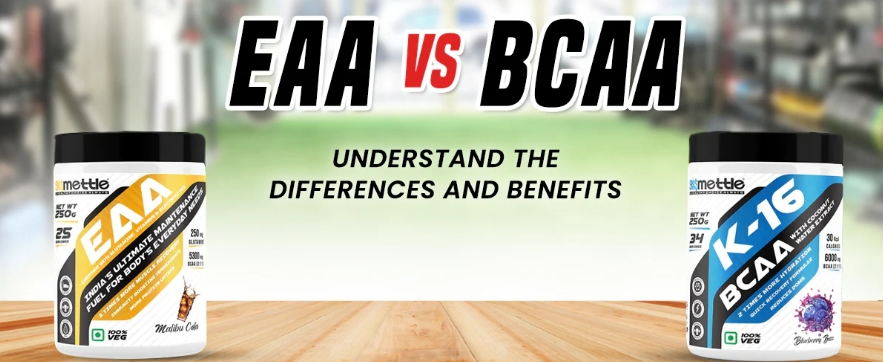Low-energy workouts
This might just be the hidden gem you didn’t know you needed. While they might sound like a softer option compared to the high-energy, sweat-dripping sessions you see on Instagram, they pack their own punch—just in a gentler, more forgiving way.
Think exercises like walking, yoga, and tai chi. These activities are designed to get your body moving and muscles working without leaving you gasping for breath.
What’s the deal with these exercises? Well, low-impact workouts reduce strain on your joints while still burning calories and getting your heart rate up.
Starting or Starting Again.
They’re perfect if you’re easing back into fitness, dealing with injury, or just looking for something that doesn’t require living in a gym. Plus, they can significantly cut down your risk of injury compared to more intense regimens, making them a smart choice for long-term health.
You might be wondering if these workouts actually help with weight loss. The great news is yes, they do! The secret sauce is consistency. Regular low-energy workouts help rev up your metabolism, making your body more efficient at burning calories.
It’s about creating a sustainable habit that you enjoy, leading to gradual but sure weight loss and improved fitness. So, don’t be fooled into thinking that effective weight loss always has to be about intense, grueling sessions.
Who’s going to love these workouts? Basically, anyone who’s looking to improve their health without feeling like they’re at boot camp.
Whether you’re a busy professional, a newbie to fitness, or just someone who wants to move without the strain, low-energy workouts might be your perfect match.
Even athletes use them as a way to recover or to focus on their form and flexibility. It’s all about finding what fits your lifestyle and goals best.
Maximize Weight Loss with Gentle Activities
Key Exercises Explained
Some of the best low-energy workouts for weight loss happen right outside your door. Walking or hiking at a brisk pace is a simple yet effective way to stay active.
It’s all about finding your stride—literally—that sweet spot where you’re chatting excitedly but still slightly out of breath. Think of it as moving meditation, but for fit people. Hitting nature trails or even your local park makes exercise enjoyable and stress-relieving.
Yoga is the ultimate combo of exercise and zen. It doesn’t just bend your body into all sorts of fun shapes but also strengthens and tones muscles you didn’t even know you had. From Vinyasa flows that get your heart rate up to deeply restorative Yin sessions, yoga meets you where you’re at in terms of both flexibility and commitment.
Ever tried Tai Chi or Qigong? These ancient martial arts-inspired practices aren’t just for Bruce Lee or grandparents in the park. They’re an excellent way to blend mindfulness with movement. Slow, deliberate postures and breathing techniques not only improve balance but also help stabilize your weight loss journey.
Aqua Aerobics might be your new best friend. Working out in water offers incredible resistance that’s easy on the joints, making you feel weightless while burning serious calories. Plus, it’s just more fun than pounding pavement, and you basically get a full-body workout each time you take the plunge.
There is also Pilates which focuses on core strength, flexibility, and posture by getting you to engage muscles deeply and precisely. Who knew that such tiny movements could make your muscles quake with the smallest of tweaks?
Whether on the mat or using a reformer, Pilates helps tone without bulking up, enhancing your body’s efficiency while shedding some pounds.
Although personally I have never tried it. leave me a comment if you think I am missing something.
Creating an Effective Low-Energy Workout Plan.
Crafting a workout routine that sticks starts with figuring out how to sneak those low-energy workouts into your life seamlessly. It’s about making them as natural as brushing your teeth.
Maybe it’s a morning yoga stretch or an evening walk around your neighborhood. Little shifts make all the difference without turning your schedule upside down.
Tracking your progress isn’t just a motivational tool; it gives you solid data to play with. Whether it’s marking off days on a calendar or using an app, seeing your progress sparks a little dopamine boost, keeping you coming back for more.
Keep your goals realistic and personal, like slimming a notch on your belt or tackling a steeper trail without huffing and puffing—those feel-good accomplishments are all yours to celebrate.
Eating well plays a huge role in how effective your workouts will be. It’s not about depriving yourself but learning how to nourish your body so it can tackle whatever exercise you throw at it. Think vibrant salads, juicy fruits, hearty whole grains, and lean proteins. Basically, fuel up on stuff that makes your insides grin.
Keeping yourself motivated can be the trickiest part, especially when life gets in the way. Motivation can start to flounder, but what works is setting reminders of why you started. Whether it’s wanting to feel better in your skin or just being able to keep up with kids or pets, keeping a clear “why” in mind helps reignite that workout spark.
My Wrap
As you build up your fitness, don’t get stuck in a rut. Mix up those routines to keep things fresh and exciting.
Exploring new exercises staves off boredom and challenges your body in new ways.
Try switching from walking to biking or adding in some light strength training as you gain confidence and stamina.
That way, your body and mind stay engaged and eagerly anticipate each session.
Follow me on YouTube for more “prophetic” insight and a bit of a laugh at the same time.
Steve

Some links on this site may be affiliate links, and if you purchase something through these links, I will make a commission on them.
There will be no extra cost to you and, you could actually save money. Read our full affiliate disclosure here.












